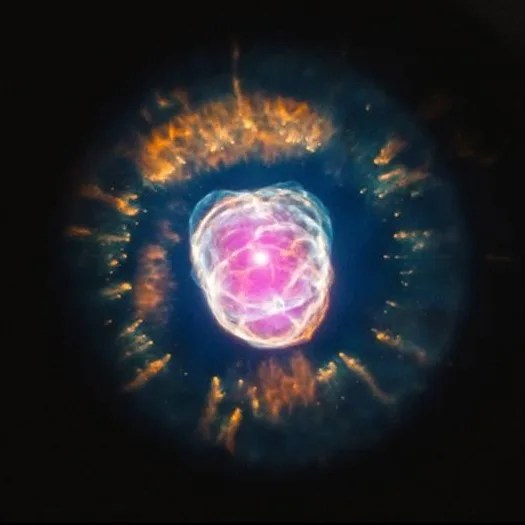Messier 92
This globular cluster is one of the brightest in the Milky Way.
Distance
27,000 light-years
Apparent Magnitude
6.3
constellation
Hercules
object type
Globular Cluster
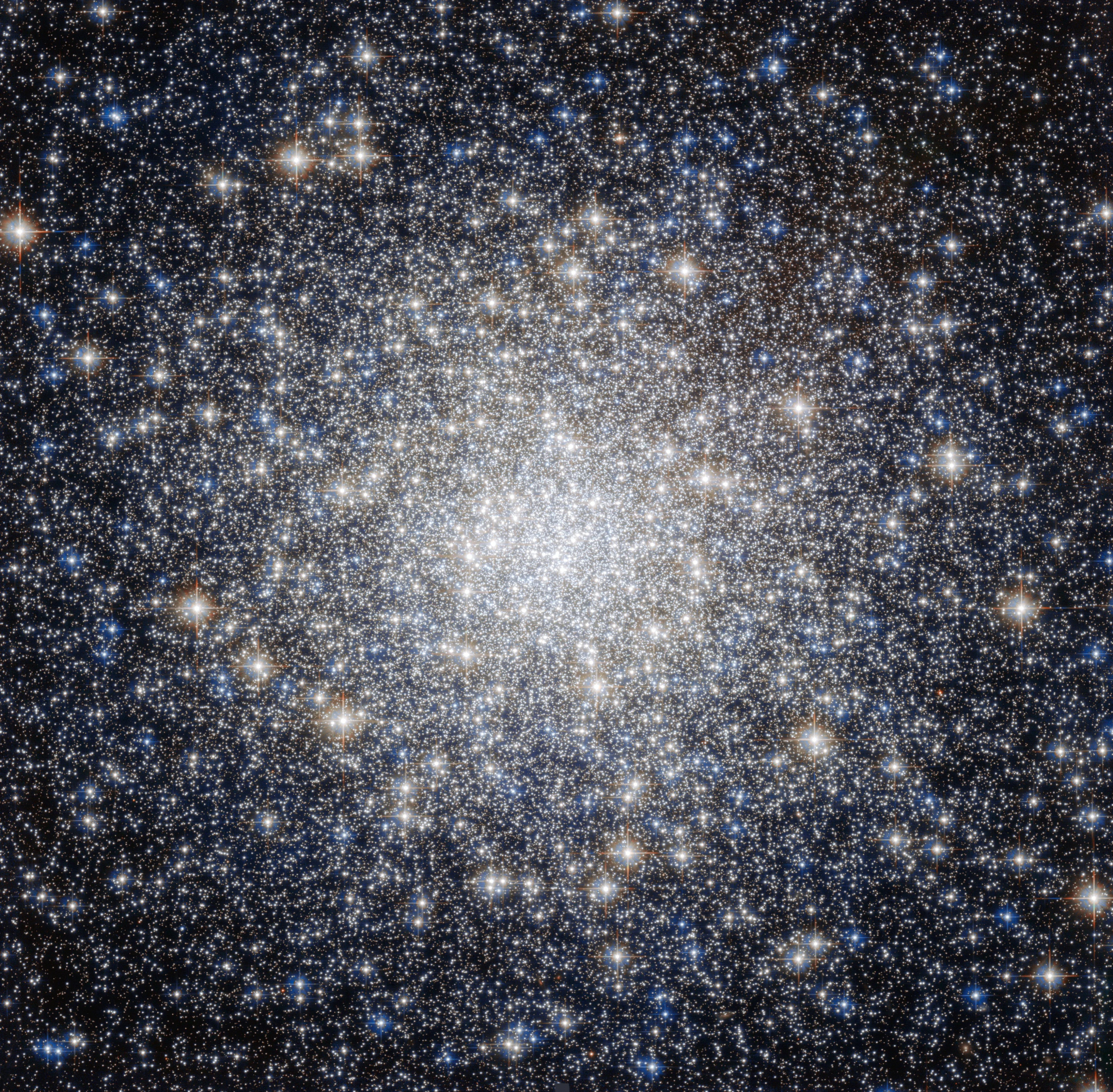
This Hubble image of Messier 92’s core is a composite made using observations at visible and infrared wavelengths. Located 27,000 light-years from Earth in the constellation Hercules, this globular cluster — a ball of stars that orbits our galaxy’s core like a satellite — was first discovered by the German astronomer Johann Elert Bode in 1777.
With an apparent magnitude of 6.3, M92 is one of the brightest globular clusters in the Milky Way and is visible to the naked eye under good observing conditions. It can be most easily spotted during the month of July. The cluster is very tightly packed with stars, containing roughly 330,000 stars in total.
As is characteristic of ancient globular clusters — of which M92 is one of the oldest — the predominant elements within M92 are hydrogen and helium, with only traces of others, so it belongs to a group of metal-poor clusters. To astronomers, metals are all elements heavier than hydrogen and helium.
For more information about Hubble’s observations of M92, see:
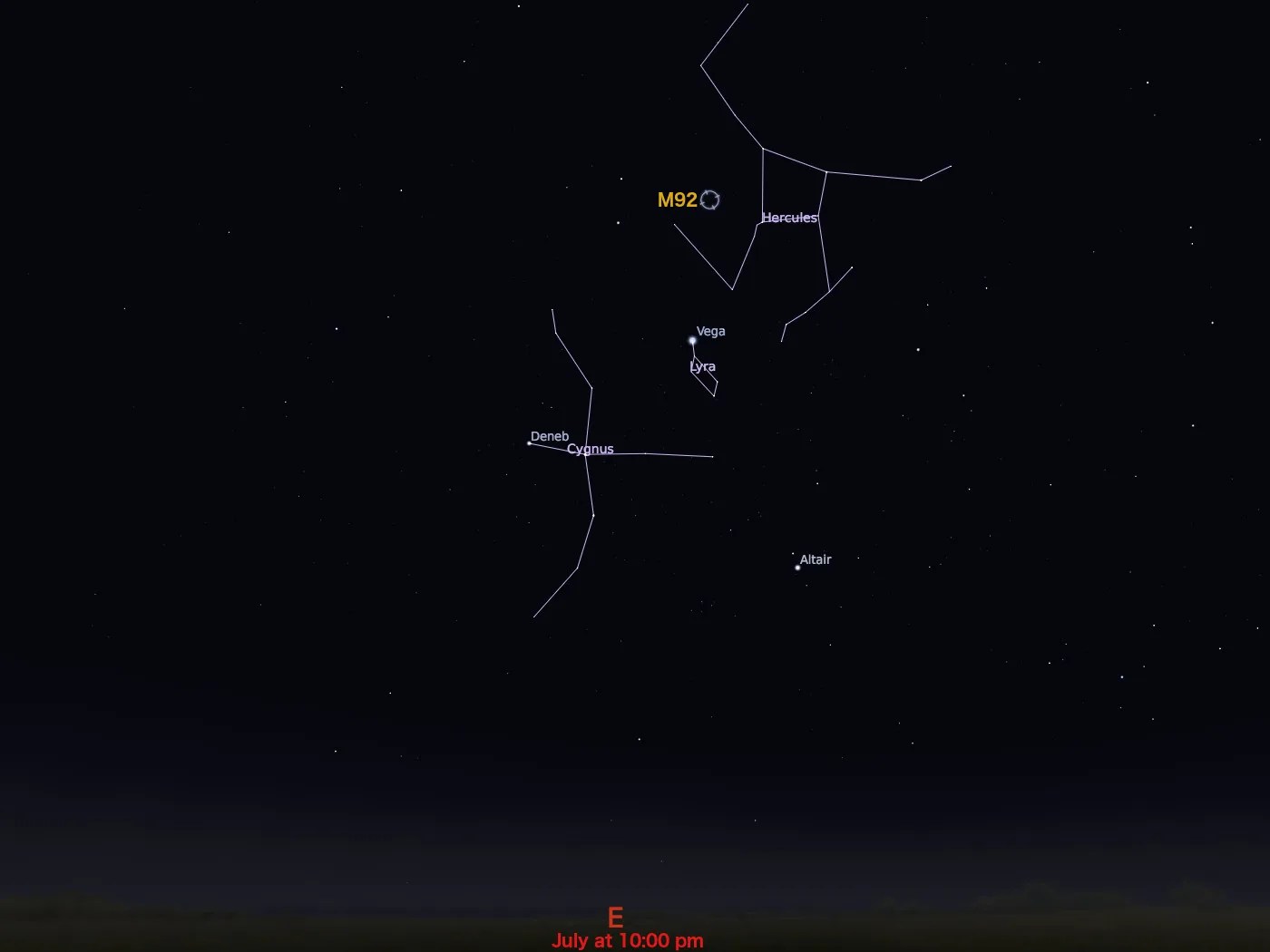

Explore Hubble's Messier Catalog
The following pages contain some of Hubble’s best images of Messier objects.

Messier 1 (The Crab Nebula)
Better known as the Crab Nebula, Charles Messier originally mistook Messier 1 for Halley’s Comet, which inspired him to create…
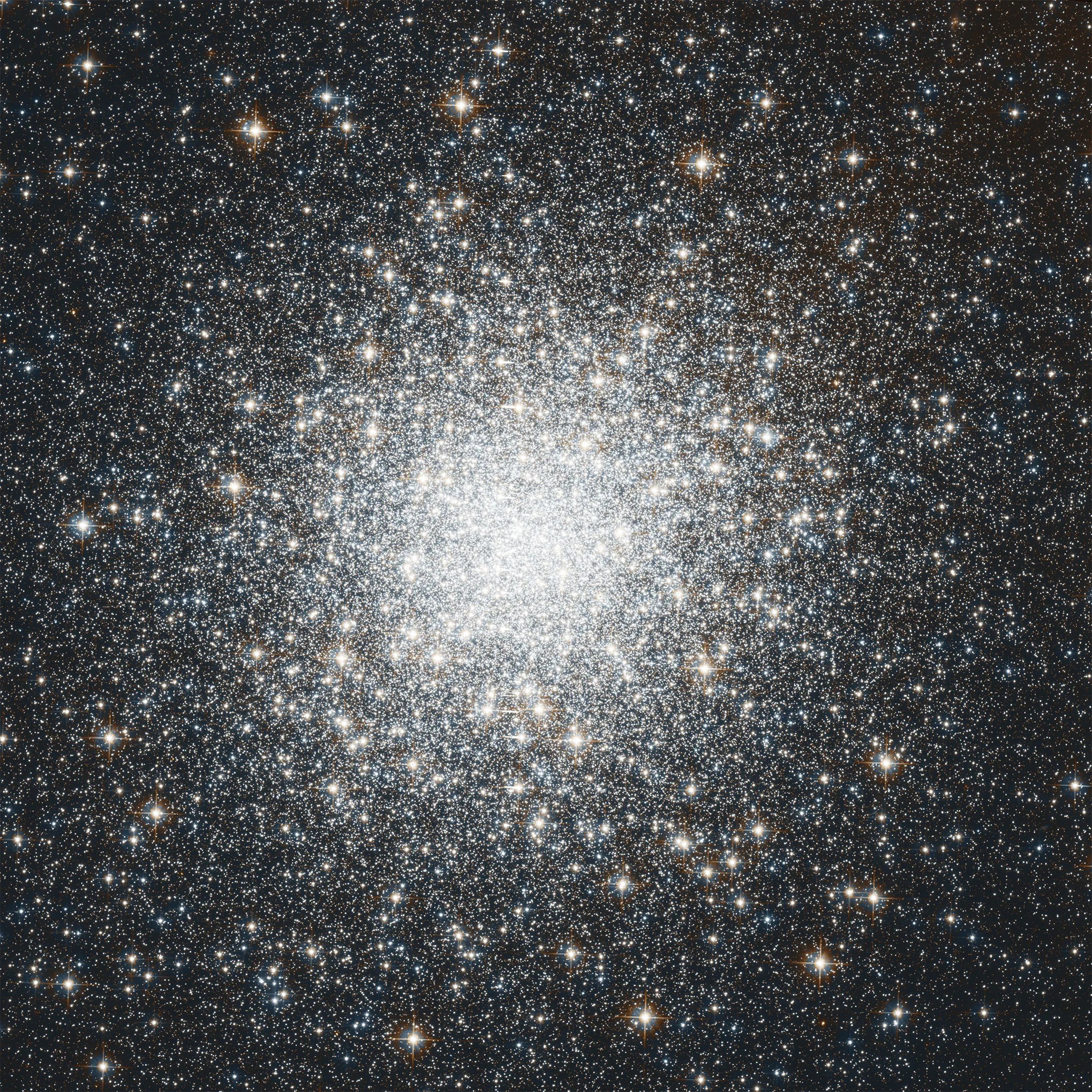
Messier 2
Hubble's image of Messier 2 is comprised of visible and infrared wavelengths of light.
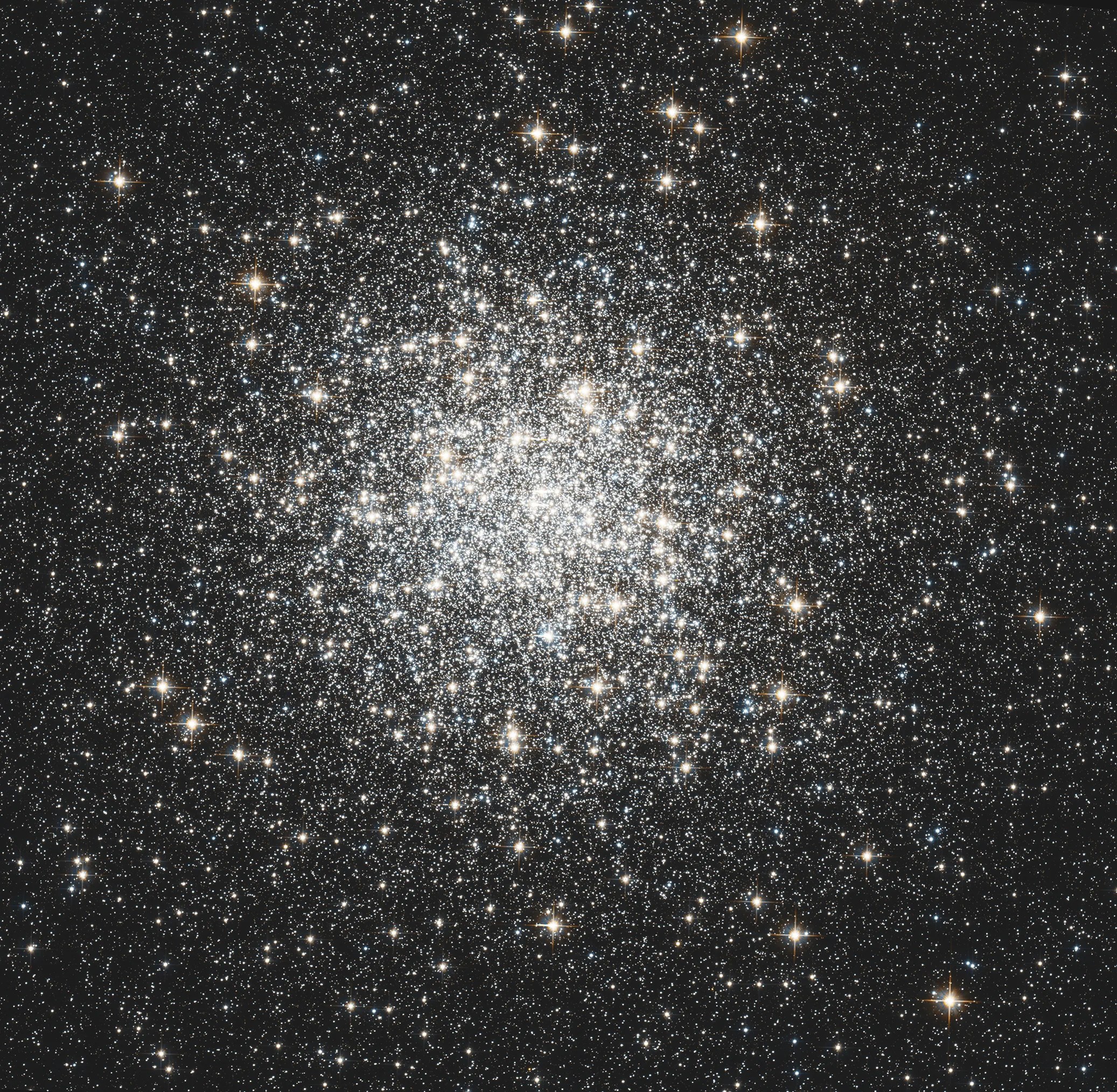
Messier 3
Messier 3 holds more than 500,000 stars.




